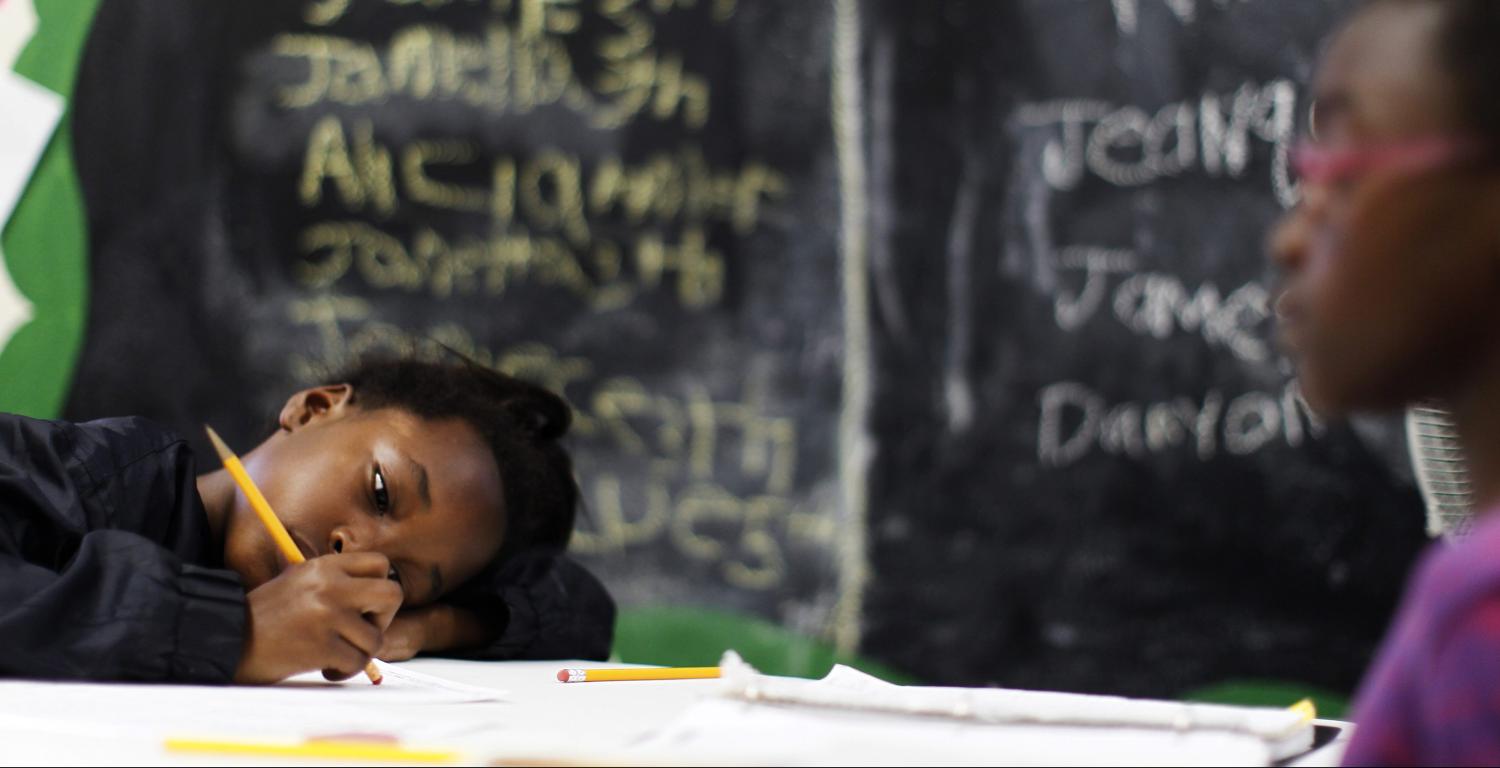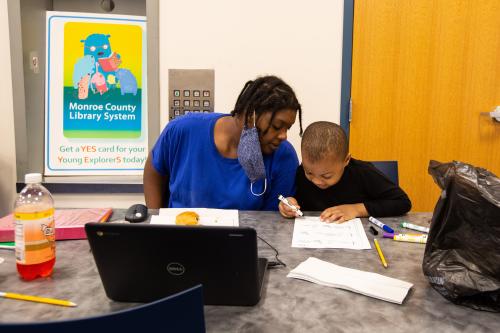On May 12, former Tennessee Gov. Bill Haslam announced the Tennessee Tutoring Corps, a program that will pair college students with schoolchildren this summer to reduce COVID-19 learning loss. We applaud this effort to address the economic and educational crisis brought on by the coronavirus pandemic. The need to support struggling students is acute. So is the need for job opportunities among college students and recent graduates. Moreover, Haslam is funding this initiative personally.
This is the first of what we anticipate will be a growing number of ambitious efforts to launch large-scale tutoring programs in the months ahead. Researchers, policymakers, and pundits alike have called for similar initiatives. What will it take for these programs to succeed?
Employing college students and recent graduates as tutors is likely to be successful as an economic stimulus policy. Many summer jobs and internships have been cancelled; businesses are tightening their belts and instituting hiring freezes. Tutoring programs create jobs, provide opportunities for young adults to give back, and expose tutors to a potential career in education.
But for tutoring programs to make a difference for kids, policymakers and school systems will have to avoid a range of pitfalls that have made most large-scale tutoring programs ineffectual.
The standard model of tutoring–a rotating cast of volunteers who sporadically show up to after-school or summer programs–doesn’t typically succeed. In fact, the federal government spent billions of dollars on these programs as part of the 2001 No Child Left Behind Act. Evaluations found little evidence that they resulted in learning gains.
On the other hand, there is a sizable body of gold-standard evidence showing that high-dosage tutoring (HDT) can produce large learning gains for students.
HDT holds promise as a way to both stimulate the economy and aid schools’ efforts to help students make up for lost learning. Scaling up HDT could be done with a National Tutor Corps, akin to the federal AmeriCorps program, or with several state and city programs. Several bills to expand national service programs including AmeriCorps are currently circulating in the Senate.
How is HDT different from “regular” tutoring?
First, HD tutors work full time with the same kids at a single school throughout the school year. They build relationships with kids in September that pay off for 10 months.
Second, HDT is universal at a school, not just for struggling students. Tutoring only struggling students attaches a stigma to the program and is often perceived as a punishment. Efforts to target tutoring work better at the school level.
Third, HDT is treated like a class. It happens daily, for a full class period, during the normal school day. Not after school, when kids are desperate to head home. Not once a week, where lag time reduces progress. Students receive a grade on their report card to send a signal to kids that this is like any other class. Efforts to respond immediately to the coronavirus-shortened school year with summer tutoring make sense, but it is important to recognize such programs face additional hurtles. It is difficult to ensure consistent attendance and an academic focus when schools are closed and summer offers more attractive alternatives to kids.
Fourth, HDT is personalized, with a student-to-tutor ratio of one-to-one or two-to-one. Two-to-one can feel like personal attention where tutors alternate, helping one student every few minutes while the other works on a task. Three-to-one ratios and higher start to feel more like a small class, where students succumb to group dynamics and tutors teach to the middle rather than personalize instruction. A recent study of four-to-1 tutoring in New York City found no average effects on student achievement.
Fifth, HDT has been most successful focusing on math, where learning loss is likely to be most severe. The discreet rules of math make it easier to tutor and experience quick wins relative to many other subjects.
What does it take to implement HDT well?
In 2010, one of us (Mike) led the rollout of a 250-person Tutor Corps at warp speed across nine schools in the Houston Independent School District as part of the Apollo 20 turnaround effort. Three big lessons about rapid deployment emerged from this experience building a tutoring program in less than four months.
- Cut the red tape
School districts are typically bureaucratic institutions. The rollout in Houston hit all kinds of snags. There are hundreds of interlocking details, from tutor arrival times to classroom access, that blow up if not coherently connected. It made all the difference that we had the superintendent’s ear when obstacles arose. Successful programs will need a director with authority to cut through the bureaucracy and make decisions. They also require buy-in from school and teacher leaders on the ground who make implementation possible.
- Be selective about tutors
The HDT programs with the largest gains are selective about who they hire as tutors. This requires investing in recruiting and involving students in the screening process. You learn more from 10 minutes of a demonstration tutoring session than from dozens of interview questions or paper credentials.
In Houston, we recruited roughly 1,000 applicants for our 250 spots. We also fired a small number of tutors who were a bad match for the program. A few ineffectual tutors can have big negative effects: triggering student frustration, draining leadership capacity, and damaging esprit de corps.
- Conduct constant assessment and feedback
A “managing by walking around” system for tutor observations is critical. Too many programs rely on cursory upfront training and then hope for the best. There’s no way to anticipate all the tiny friction points in advance of launching a new program. Upfront training is just enough to get a program off the ground. The real work is in conducting daily observations to notice all the ways tutorial sessions are faltering and then making steady improvements, both by providing feedback to tutors and solving programmatic problems.
It is also possible to deliver HDT remotely if schools are unable to open in the fall or must close again in the future. Organizations such as SAGA Education have already adapted HDT for distance learning, although it remains an open question whether online HDT is as effective as in-person programs.
There’s no silver bullet for helping struggling students to overcome COVID-19 learning loss. Many students have had limited access and opportunity to learn from their teachers since March. Tutoring offers a promising way to meet every student where they are and help them to catch up. But creating tutoring programs that generate meaningful academic gains requires changing the way most schools have approached them. Let’s learn from the mistakes of the past and invest what it takes to get tutoring right.
Matthew Kraft is an associate professor of education and economics at Brown University and a former afterschool-tutor and public school teacher.
Michael Goldstein is the founder of Match Education in Boston and the current proprietor of a daddy school for 2 kids.
The Brookings Institution is committed to quality, independence, and impact.
We are supported by a diverse array of funders. In line with our values and policies, each Brookings publication represents the sole views of its author(s).









